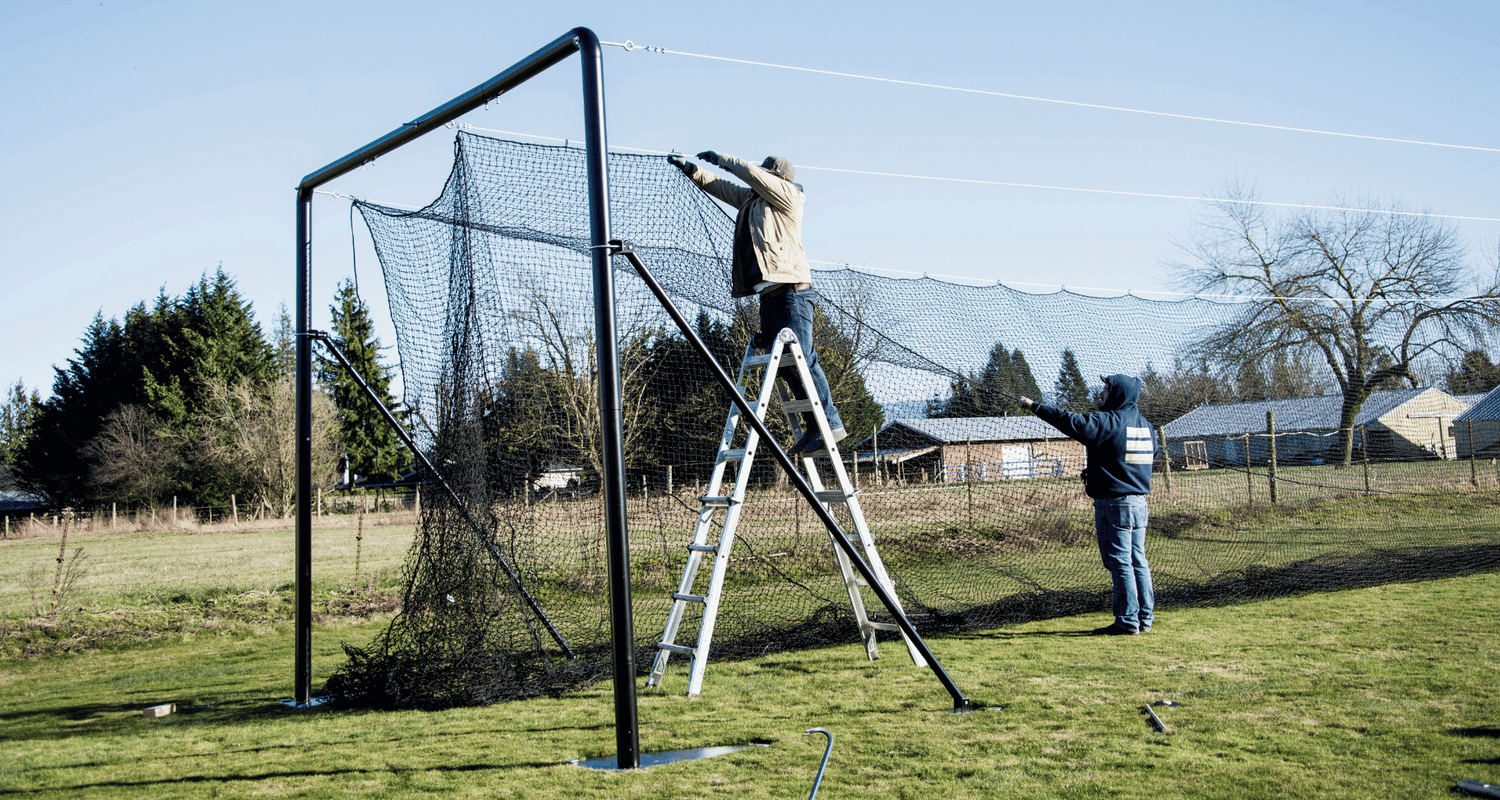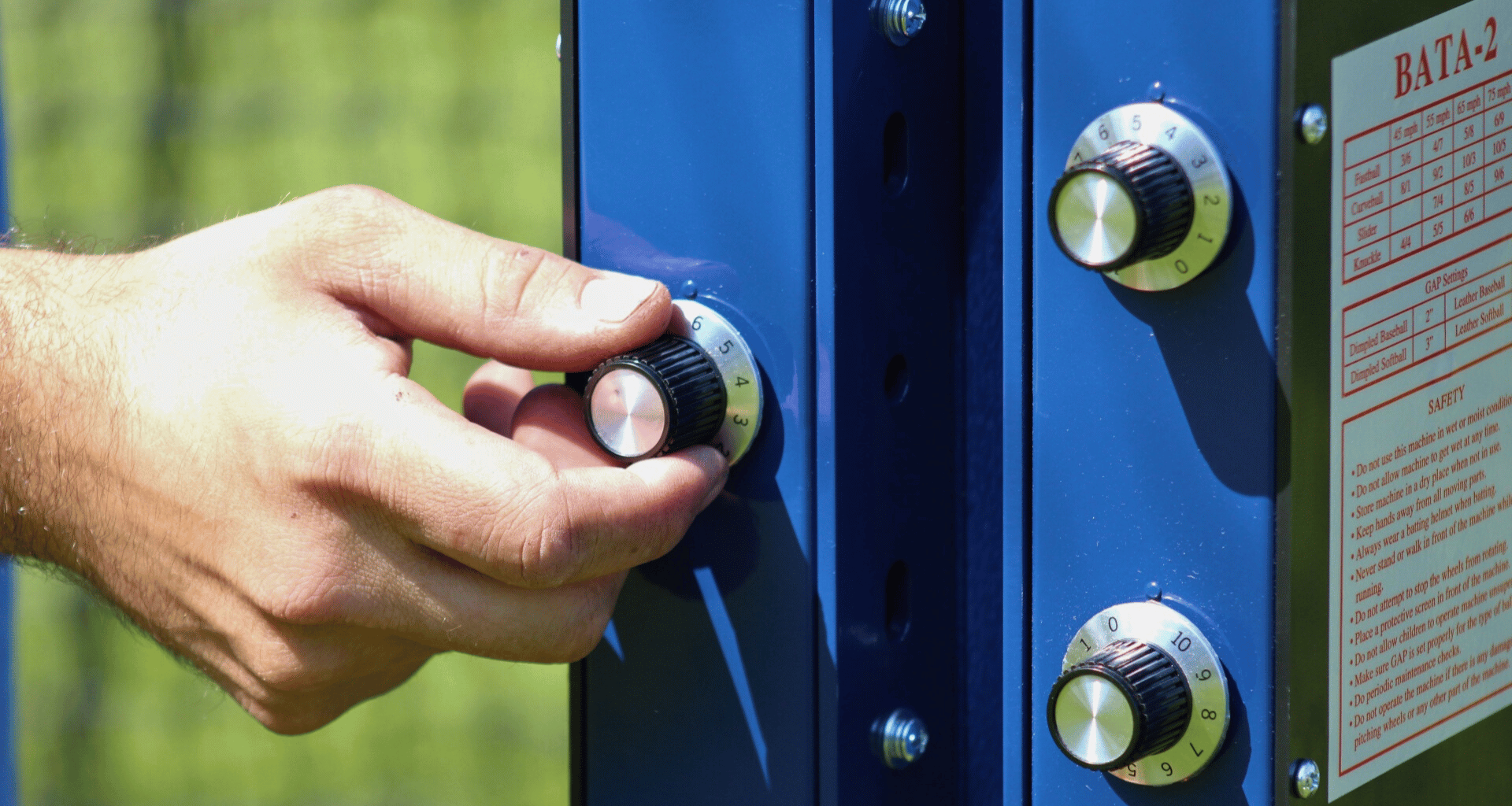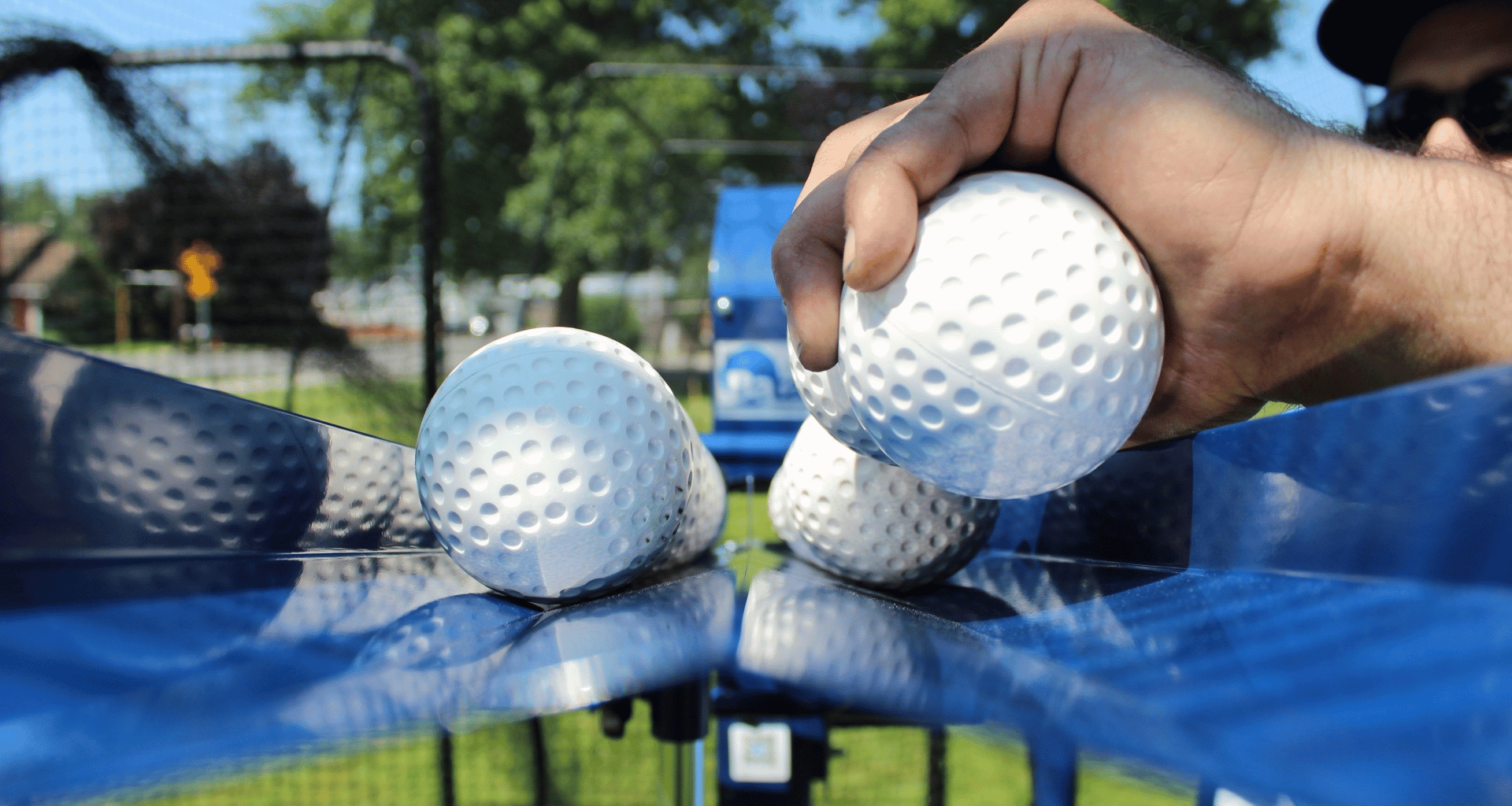When it comes to hanging a batting cage net, there are several proper and improper ways to do it. Here are some tips for hanging a batting cage net correctly:
Proper Net Hanging:
Choose the right size net
Make sure the net you choose is the right size for your batting cage. You don't want a net that's too small or too big.
Use strong, high-quality materials
Use high-quality materials like heavy-duty cables, ropes, and clips to hang your net. This will ensure that your net stays in place and lasts for a long time. We recommend HDPE UV resistant netting with #36 - #42 twine sizes. See some options and different size nets here.
Use proper attachment points and connectors
If you are hanging to a cable, we recommend using carabiners to attach to the net and cables. Clipping your net every 2-2.5ft is recommended. Depending on your setup, this can also allow you to pull the cage to one side and bundle it in inclement weather.
Hang the net evenly
Make sure the net is hanging evenly across the entire cage. This will ensure that balls don't get stuck in certain areas of the net and that the net lasts longer.
Allow 6” – 12” of net to sit on the ground
This allows the net to move freely and absorb the impact of the ball while not allowing the ball to escape. This will protect both the net and any spectators in the area.
Provide protection for high wear areas
All nets will eventually wear out. That said some parts of the net wear out quicker and would benefit from extra protection. We recommend a vinyl backdrop panel to lesson net wear behind the plate from foul balls and missed pitches. We also recommend an impact net hung 12” from the other end of the cage to mitigate wear from line drives.
Improper Net Hanging:
Using weak or low-quality materials
Using weak or low-quality materials can cause your net to sag or even tear, which could be dangerous for players. Poles should be solid enough not to bend in inclement weather. Remember that wind and snow loads will stress both nets and poles and often cause breakage and damage.
Hanging the net too tight
If you hang the net too tight, it could tear or become damaged. The net should be loose enough for the net to absorb the ball and have it drop to the ground. It's important not to attach the net at the bottom of the batting cage because doing so can create a dangerous rebound effect. When a ball hits the net, it will bounce back with force and could potentially hit a player or cause damage to property. In addition, attaching the net at the bottom can cause the net to wear out more quickly, as it will be constantly rubbing against the ground or any ground level attachment. This can lead to tears and other damage that will require more frequent repairs or replacements.
Hanging the net too loose
Over time a net can stretch as can steel cables. Poles can also sag and the 3 of these together create and awful looking and sometimes unsafe batting cage environment. Tighten up the nets at least annually.
No taking the net down for inclement weather
Higher winds can be a problem. We recommend taking the nets down in the winter if you have winds at or above 35 mph. This is especially true for a free standing cage like the popular Trapezoid model.
Not checking the net for wear regularly
It's important to check the net regularly for any damage or wear and tear. If you don't check it regularly, you could miss potential hazards and put players at risk. Batting Cages Inc sells patch kits and can help advise how to install them so they look nearly seamless.
If you follow these tips, you’ll have a much better experience. Feel free to call us and discuss your batting cage and netting needs (800) 463-6865. Shop our nets and accessories here.





1 comment
Terry Benelli
Looking for information on material and installation to replace the open roof netting on our 1984 racquetball courts. There are four courts connected. The netting prevent tree deris from falling on to the courts.
The courts are visible from a google street view at 5103 East Evergreen St Mesa AZ 85205
https://www.bing.com/search?pglt=2083&q=5103+east+evergreen+mesa+street+view&cvid=13380280e45c4d249e7f1190ebf0253d&gs_lcrp=EgRlZGdlKgYIABBFGDkyBggAEEUYOTIGCAEQABhAMggIAhDpBxj8VdIBCTEwOTM0ajBqMagCALACAA&FORM=ANNAB1&PC=U531
Leave a comment
All comments are moderated before being published.
This site is protected by hCaptcha and the hCaptcha Privacy Policy and Terms of Service apply.